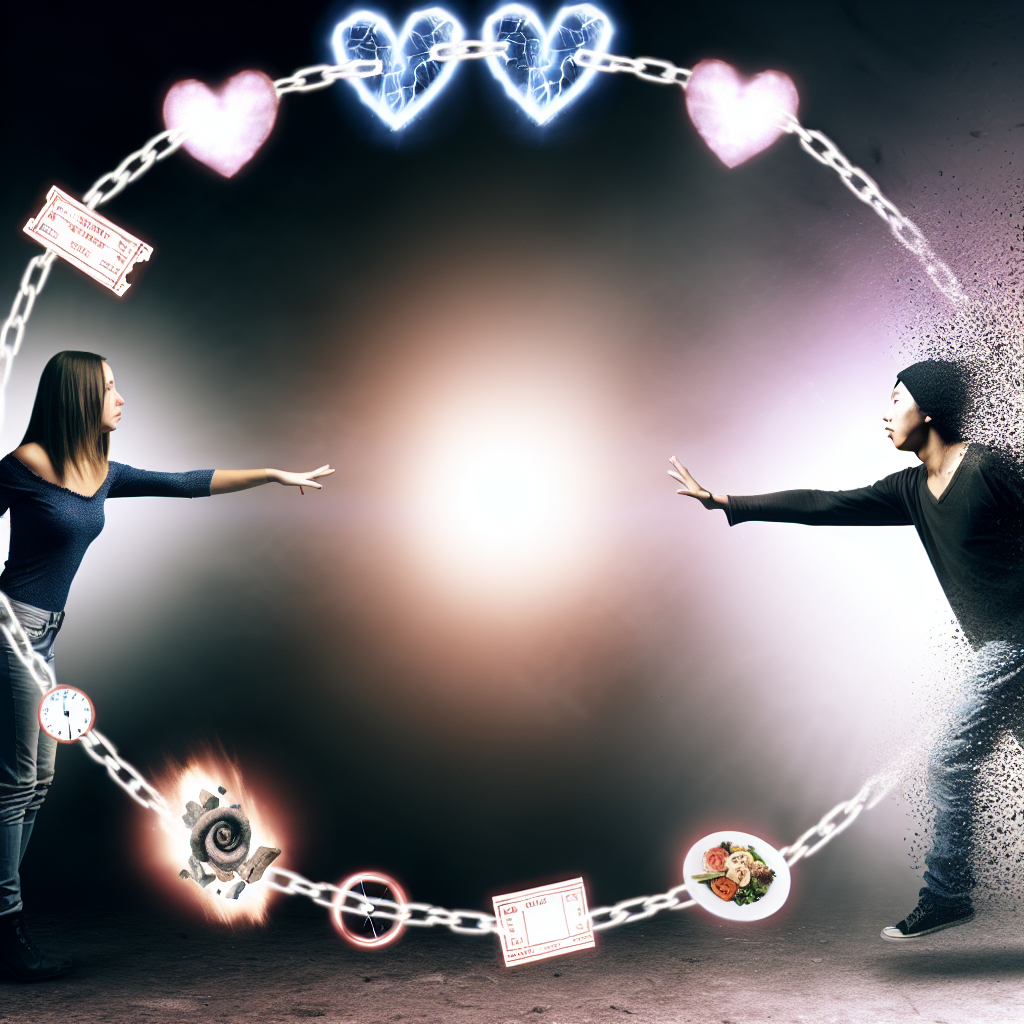Emotional Unavailability: Breaking the Dating Pattern
Why Emotional Unavailability Keeps Showing Up in Modern Dating
In the ever-evolving landscape of dating, emotional unavailability is a term that continues to resonate with singles across all age groups – from young adults navigating their first relationships to mature daters seeking meaningful companionship in later life. Emotional unavailability, in its essence, refers to the inability or unwillingness of an individual to share their feelings, show vulnerability, or engage deeply in romantic relationships. For many, this pattern can become cyclic, leading to repeated heartbreak, unfulfilled partnerships, and lasting emotional confusion.
Emotional unavailability isn’t confined to just one gender, age, or demographic. In fact, in today’s digital dating era, the prevalence of dating apps combined with fast-paced lifestyles has inadvertently encouraged brief encounters over lasting bonds. When one partner consistently withholds emotional depth, the other is left feeling alone and disconnected—even within a committed relationship.
Many daters unknowingly gravitate toward emotionally unavailable partners because it reflects unresolved personal patterns or familiarity rooted in early life experiences. Others fall into the trap of trying to “fix” someone who isn’t open to change, mistaking emotional distance as a challenge rather than a red flag.
What makes breaking this pattern challenging is the emotional investment and cognitive dissonance created by short-lived highs—occasional attention, intimacy, or affection rewarded sporadically by the unavailable partner. This intermittent reinforcement keeps individuals hooked, mirroring behaviors seen in addictive cycles.
Understanding emotional unavailability and how to identify both conscious and unconscious signs can empower singles to protect their emotional well-being, make healthier dating choices, and ultimately foster secure, reciprocal romantic relationships.
Whether you’ve consistently dated emotionally unavailable individuals or find you may be protecting your own vulnerabilities, gaining clarity on this issue offers a transformative opportunity for growth and healthier connections. With emotional intelligence and introspection, both patterns and people can change.
Let’s explore how science, psychology, and real-life experiences intersect to help decode emotional unavailability—and how to break free from its damaging loop.
The Psychology Behind Emotional Unavailability: What the Science Reveals
Emotional unavailability has long been a topic of exploration in psychology and relationship studies. Researchers and mental health professionals agree that this behavioral pattern often stems from early attachment issues, trauma, or unresolved past relationship pain.
Psychologist Dr. Sue Johnson, creator of Emotionally Focused Therapy (EFT), underscores the importance of attachment theory in adult relationships. Attachment theory, originally developed by John Bowlby, suggests that our early relationships with caregivers shape how we connect with romantic partners later in life. Individuals who exhibit avoidant attachment styles—those who suppress their needs and emotions—are more likely to be emotionally unavailable in adult relationships ([Psychology Today](https://www.psychologytoday.com/us/basics/attachment-theory)).
In a study published in the Journal of Personal Relationships, researchers found that people with avoidant attachment patterns often experienced discomfort with intimacy and were less likely to disclose emotional vulnerabilities to romantic partners. These tendencies result in relationships that lack deep emotional intimacy, leaving the other partner feeling ignored or misunderstood ([Wiley Online Library](https://onlinelibrary.wiley.com/doi/abs/10.1111/j.1475-6811.2006.00117.x)).
Gender Roles and Emotional Expression: Peeling Back Cultural Layers
Emotional unavailability can also be reinforced by cultural and societal norms. For example, men are often socialized to suppress emotional expression, which can lead to difficulties being emotionally present in relationships. Clinical psychologist Dr. Ronald Levant coined the term “normative male alexithymia” to describe this phenomenon—a condition where many men find it challenging to identify or articulate emotions due to gender-based conditioning ([APA PsycNet](https://psycnet.apa.org/record/1992-98640-000)).
The Neuroscience of Emotional Suppression
Neuroscience also weighs in. Research on emotional regulation in adults shows that chronic emotional suppression can alter brain pathways responsible for empathy and emotional bonding, potentially contributing to emotional unavailability. Emotional resilience, which reflects the ability to sit with and express emotions constructively, is key to forming healthy attachments.
How to Break the Cycle of Emotionally Unavailable Relationships
Breaking the cycle of emotional unavailability often requires therapeutic intervention, especially for individuals who recognize this trait in themselves. Cognitive Behavioral Therapy (CBT) and EFT have been effective in helping individuals develop emotional awareness, process past wounds, and practice vulnerability in safe, manageable ways.
Self-awareness is the first step. Once daters recognize the signs—both in themselves and others—they can take intentional steps toward changing course. Setting boundaries, asking meaningful questions early, and seeking emotionally mature partners becomes essential.
Online Dating with Intention: Using Technology to Filter for Emotional Readiness
Online dating platforms like HitchMe can be powerful tools when used mindfully. Features that promote thoughtful engagement over superficial swiping allow users to assess compatibility at a deeper level, helping to weed out emotionally unavailable matches through detailed profiles and intentional communication prompts.
The Bottom Line: Real Love Begins with Emotional Availability
Emotional unavailability may be a common dating pitfall, but it’s not an unbreakable cycle. By identifying this behavior, understanding its roots, and framing your relationships with clarity and intention, you can foster genuine emotional intimacy. Whether you’re 18 or in your 80s, it’s never too late to break free from unfulfilling patterns and pursue the lasting connection you deserve. Real love begins when both hearts are truly open.
Concise Summary:
Emotional unavailability is a common pattern in modern dating that can lead to repeated heartbreak and unfulfilled relationships. By understanding the psychological and cultural roots of this behavior, individuals can take steps to break the cycle and foster genuine emotional intimacy. This includes developing self-awareness, seeking professional support, and using online dating platforms mindfully to connect with emotionally available partners.
References:
– [Psychology Today – Attachment Theory](https://www.psychologytoday.com/us/basics/attachment-theory)
– [Wiley Online Library – Avoidant Attachment in Relationships](https://onlinelibrary.wiley.com/doi/abs/10.1111/j.1475-6811.2006.00117.x)
– [APA PsycNet – Normative Male Alexithymia](https://psycnet.apa.org/record/1992-98640-000)
– [Dr. Sue Johnson – Emotionally Focused Therapy](https://iceeft.com/what-is-eft/)
– [VeryWellMind – Emotional Unavailability](https://www.verywellmind.com/what-is-emotional-unavailability-5208499)

Dominic E. is a passionate filmmaker navigating the exciting intersection of art and science. By day, he delves into the complexities of the human body as a full-time medical writer, meticulously translating intricate medical concepts into accessible and engaging narratives. By night, he explores the boundless realm of cinematic storytelling, crafting narratives that evoke emotion and challenge perspectives. Film Student and Full-time Medical Writer for ContentVendor.com




